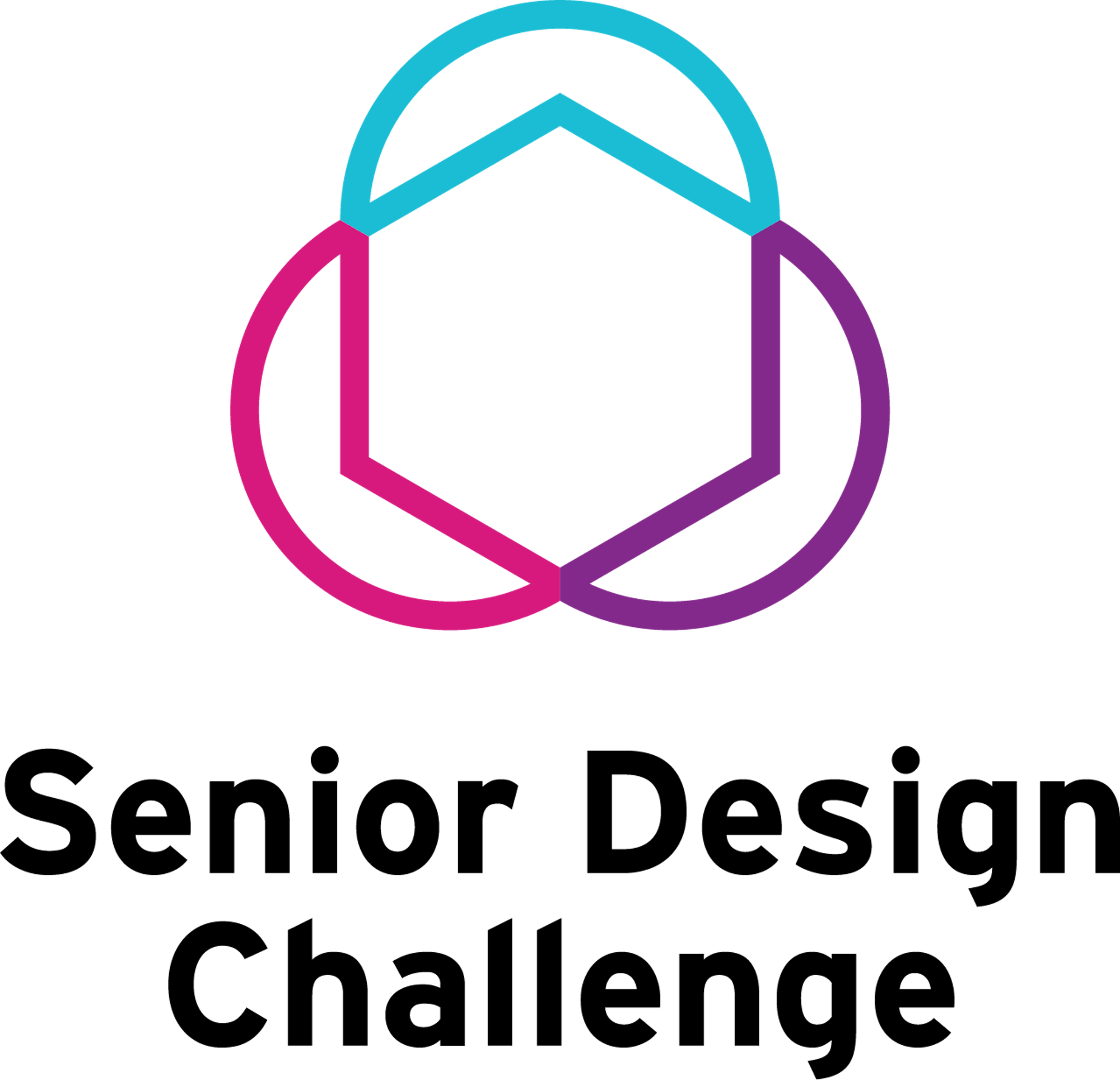From “weatherizing” local housing to supporting those with traumatic brain injuries, students in the Senior Design Challenge hope to tackle problems in the Upper Valley community. The Senior Design Challenge is a two-term, project-based capstone class in which seniors use the framework of human-centered design to take on an issue posed by a client organization. The group of 20 students is split into five teams, with each group working with a different organization to produce a real, functioning end result by the end of the spring quarter.
The two-quarter format is one of the reasons why Cindy Yuan ’22 was so drawn to the SDC.
“We have 20 weeks, so markedly more time to do research and kind of take that extra time to be intentional and with our design,” said Yuan.
Wylie Kasai ’22 was particularly inspired to apply for the Challenge after watching the project presentations of SDC’s 2019 class.
“[I] saw the work that they did, and how passionate they were about that work, and the real affecting change that it had, and so that was really inspiring to me,” Kasai said.
Since the program began in 2018, students have been paired with community partners that serve the Upper Valley area. By working with non-Dartmouth groups, students can breach the campus bubble and make a local impact.
This year’s groups are working with a wide array of community partners. One group is paired with Sustainable Woodstock, an organization that provides home weatherization, the process of making a building more resistant to intense temperatures. Another team is collaborating with the DHMC, focusing on improving the experiences of those suffering from traumatic brain injury. A third group is working with the Special Needs Support Center, an organization that helps law enforcement better interact with people with special needs, while another group has teamed up with Dismas House to support their efforts in helping the formerly incarcerated rejoin society. And, finally, a last team of students is working with Community Access Television (CATV), a nonprofit that provides local cable TV and supports media education in the Upper Valley.
Samantha Davidson Green, the director of CATV, was “thrilled” when the SDC’s teaching staff reached out to her this fall. She and Jordyn Fitch ’20, CATV’s community engagement producer, are the points of contact for their SDC students.
“It’s very helpful that we have some really awesome minds really thinking about a lot of the same problems that we’re thinking about and trying to help us most effectively communicate with our community,” Fitch said.
Green has already noticed that the students have a diverse set of skill sets, mentioning that some members of her SDC student group even have a background in animation.
SDC teaching staff construct the teams based not only on student compatibility and interest, but also on the wide variety of skills that different students bring to the table. A certain student’s background in another area of study, from coding to foreign language, can help fill out a group that thinks about problems in diverse ways.
Yuan, who majors in cultural anthropology modified with human-centered design, believes that her area of study fits well into the project. To Yuan, anthropology provides a necessary perspective in the world of design.
“One critique I always had about design is that often if you think about the tech industry, the startup vibe, it moves very fast and it’s not very intentional,” Yuan said.
Kasai brings a different skill set to his group: As a computer science major modified with visual arts, he already has experience solving real clients’ problems as part of his work at the DALI Lab.
“When it comes to design [in the DALI lab], we prototype things that are digital mockups of a screen, and we work with user testing, and all those sorts of things that are still really important for Senior Design Challenge even though we may not work with something that’s technological,” Kasai said.
During the winter quarter, students focus on conducting research and brainstorming ideas for a project that is impactful and attainable. The spring quarter is devoted to creating and testing prototypes and then implementing their solution into the real world. The project then culminates in a final presentation and report.
Though COVID presented obvious logistical challenges for the SDC, Professor Korsunskiy, who teaches SDC, found running a virtual program to have some silver linings. For example, where a typical final presentation might draw 40 or 50 attendees, over Zoom there were around 300.
“It was really lovely. The hardship of COVID being balanced by the community-building that this remote presence allowed everyone to participate in,” Korsunskiy said.
But as students have returned to in-person classes, the SDC, too, is shaping up to be much closer to the “classic” SDC experience, albeit with some virtual components (like some meetings taking place over Zoom).
“The students got to meet all of the liaisons of their partner organizations [over Zoom], and it was really fun, and people are really excited to get to work and meet each other in person eventually,” Korsunskiy said.
As the students begin their research and brainstorming process, many are filled with both nerves and excitement.
Yuan is eager to talk with the community members that her partner organization, Sustainable Woodstock, is serving. She knows that these conversations will lead her in unexpected directions.
“That’s always the most rewarding part, it’s always the most challenging and most surprising because things will never go as we plan. We can plan every last detail of it and it will definitely not work out that way, and that’s just how it is,” said Yuan.
The community partners, too, are enthusiastic about what the upcoming months will bring.
“These are great minds asking really great questions, and one of the advantages is that they’re in an environment where they’re supported in bringing new methodologies and inquiry,” Green said. “Working with students who are thinking expansively and creatively is a tremendous partnership.”




